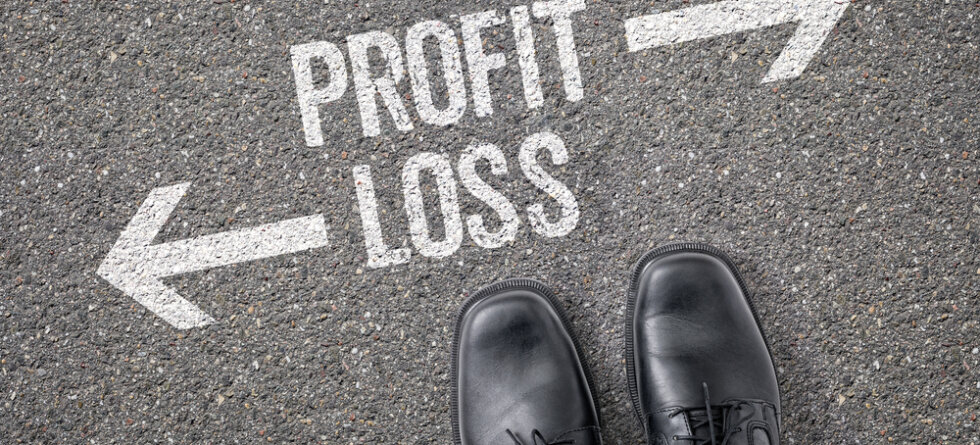Owner’s draws typically do not appear on a business’s profit and loss (P&L) statement. The profit and loss statement, also known as the income statement, primarily focuses on the revenue and expenses related to the business’s ongoing operations. Owner’s draws, which represent distributions of profits to the business owners, are not considered operational expenses and do not affect the business’s net income or profit.
Here’s why owner’s draws are not part of the P&L statement:
- Not an Expense: Owner’s draws represent the owners’ withdrawals of money from the business for their personal use. They are not business expenses related to the day-to-day operations of the company. The P&L statement is designed to show the profitability of the business itself, not the personal financial activities of the owners.
- Impact on Equity: Owner’s draws affect the owner’s equity in the business but do not impact the business’s revenue or expenses. The equity section of the balance sheet is where the owner’s draws are recorded, as they represent a reduction in the owner’s interest in the business.
- Accounting Treatment: In accounting, the owner’s draws are recorded separately from business expenses. Typically, they are recorded as debits to the owner’s equity account and credits to the cash or bank account (or a separate “draws” account if used) on the balance sheet. This accounting entry reflects the movement of funds from the business to the owner’s personal finances.
While owner’s draws do not affect the P&L statement, it’s essential for business owners and accountants to keep accurate records of these transactions for tax and financial reporting purposes. The P&L statement focuses on the core operating activities of the business, such as revenue, cost of goods sold, operating expenses, and net income, which are critical for assessing the business’s financial performance. Owner’s draws are part of the overall financial picture but are not included in the P&L statement.




